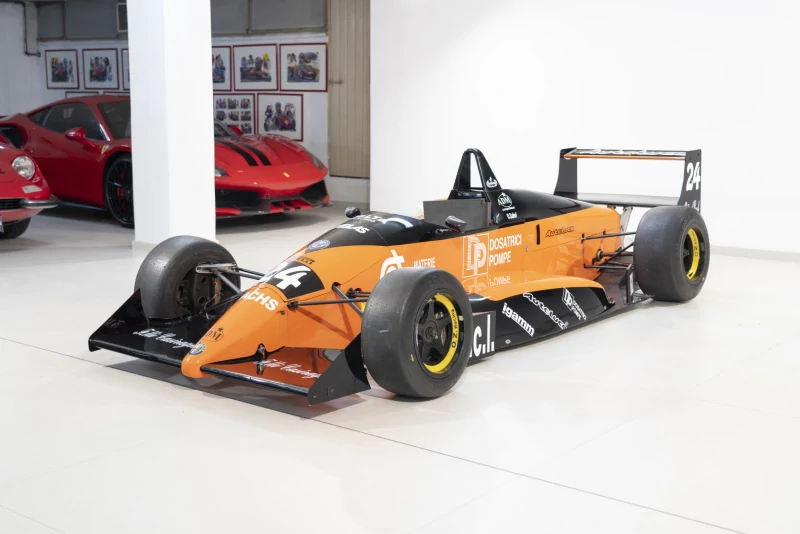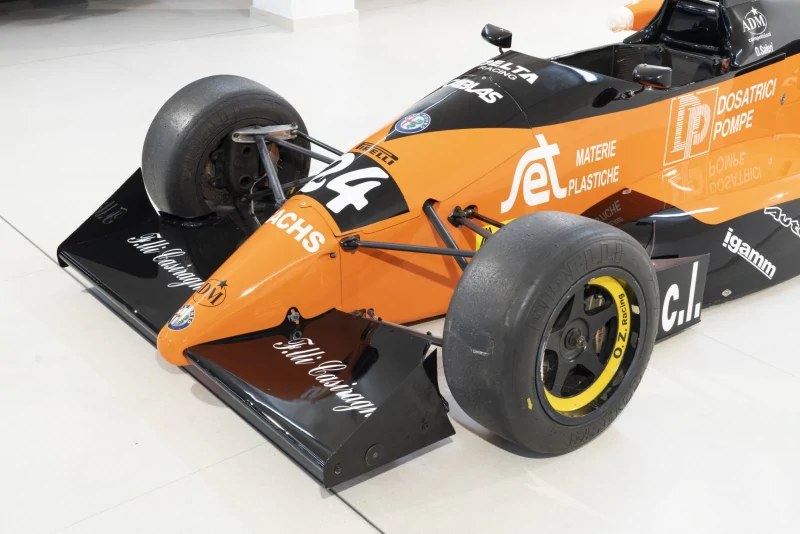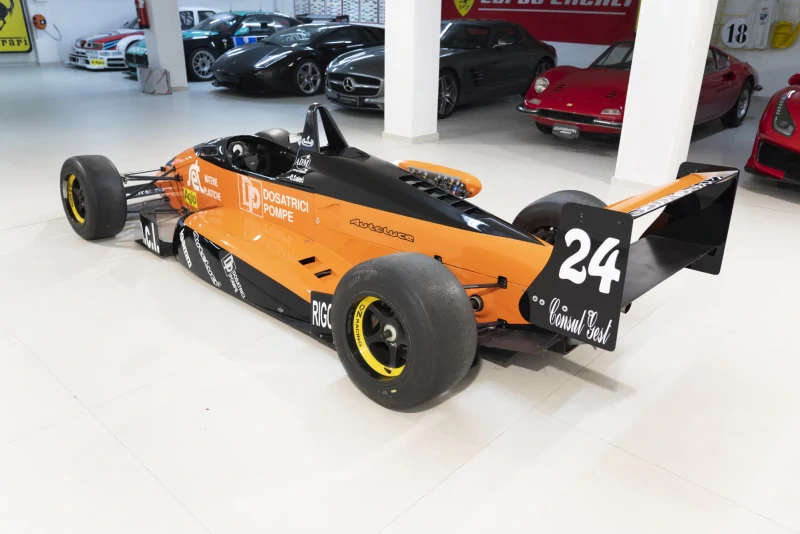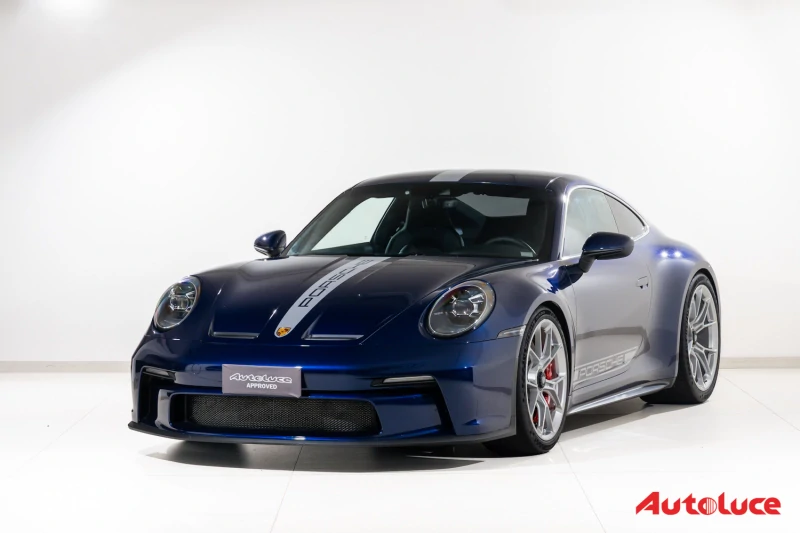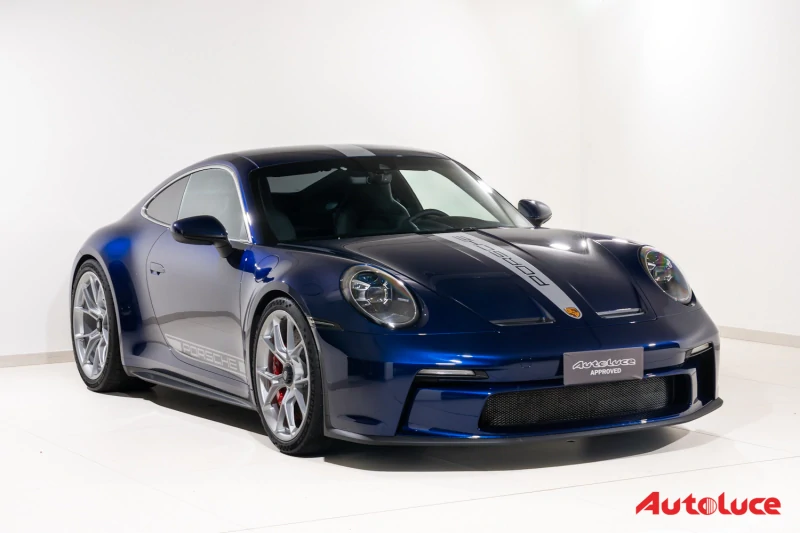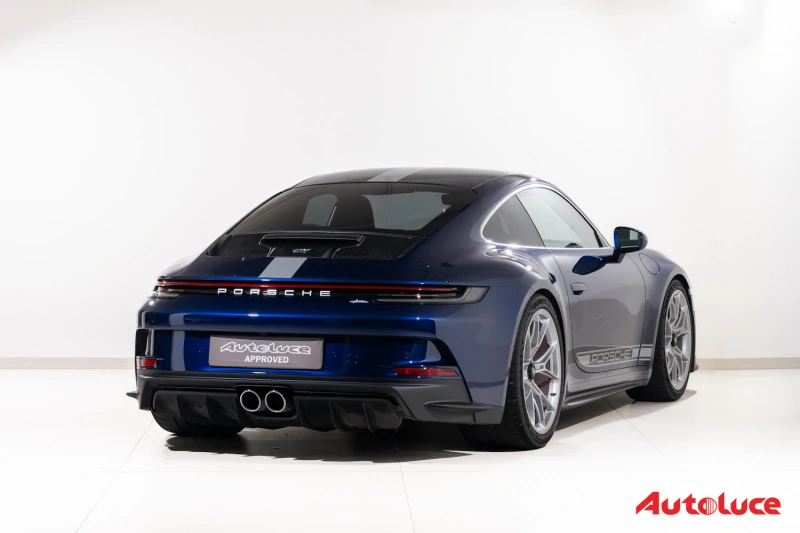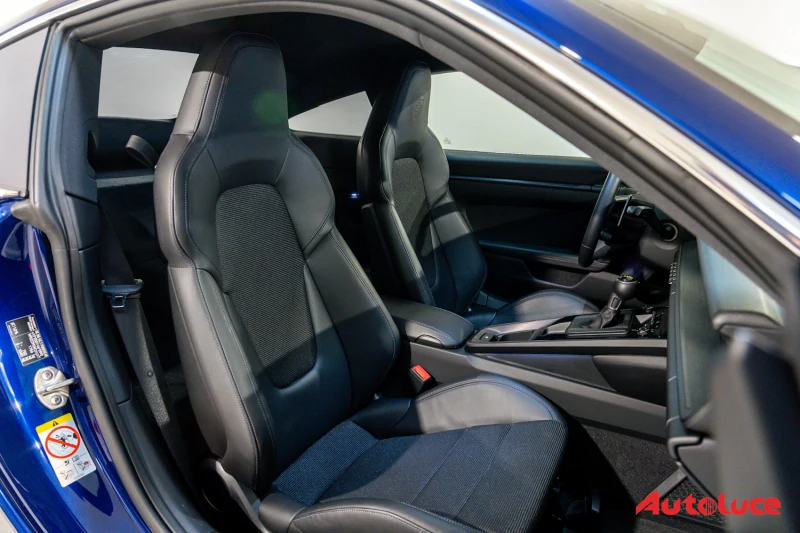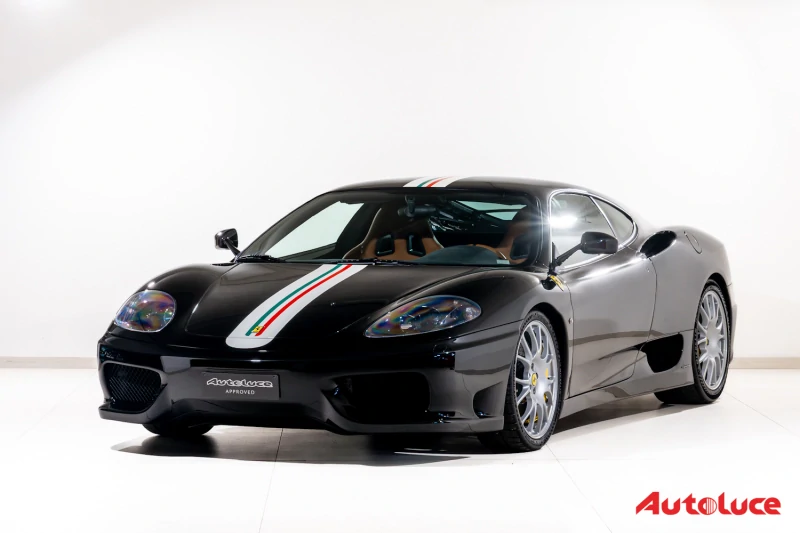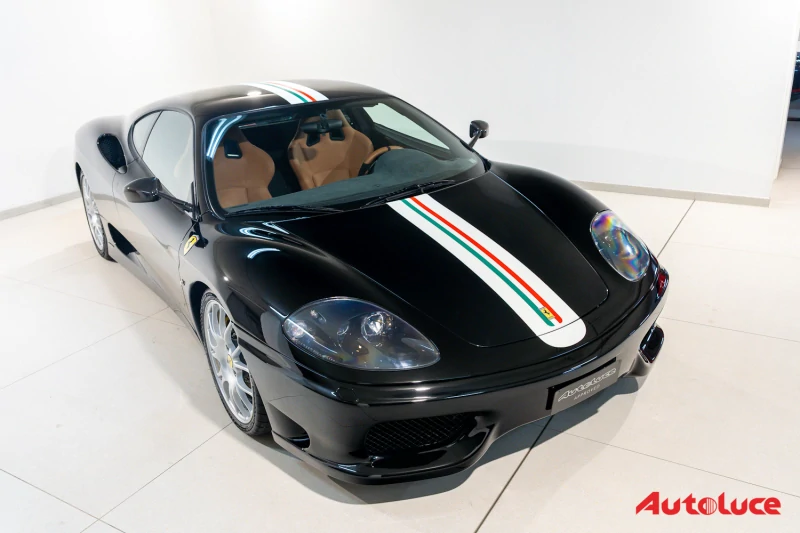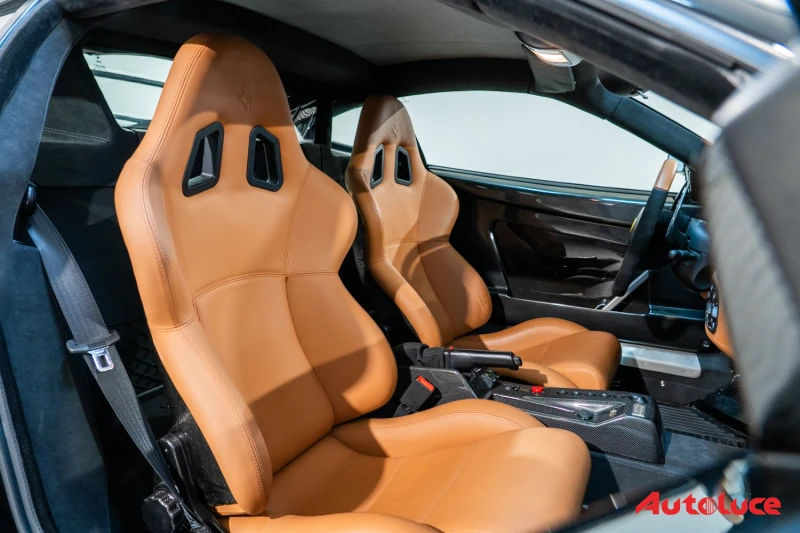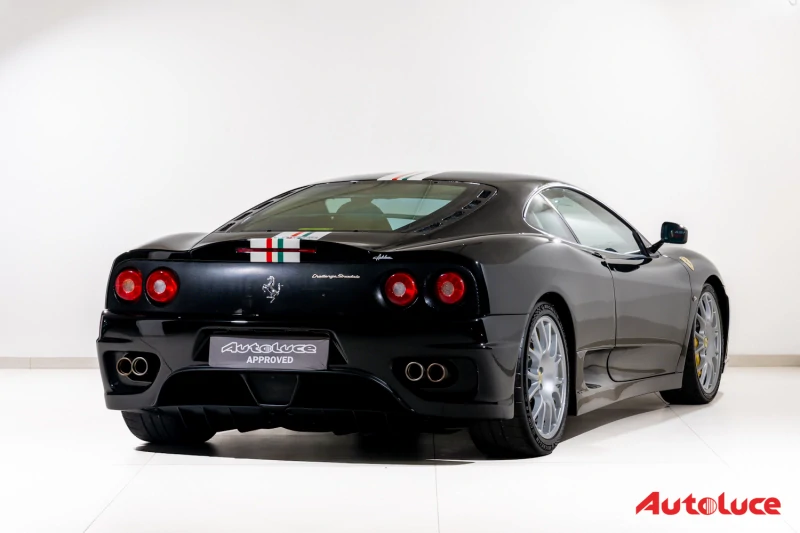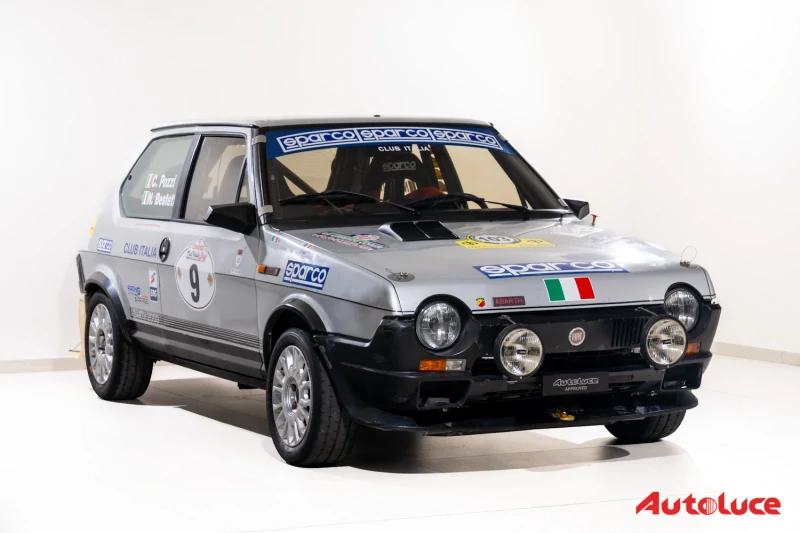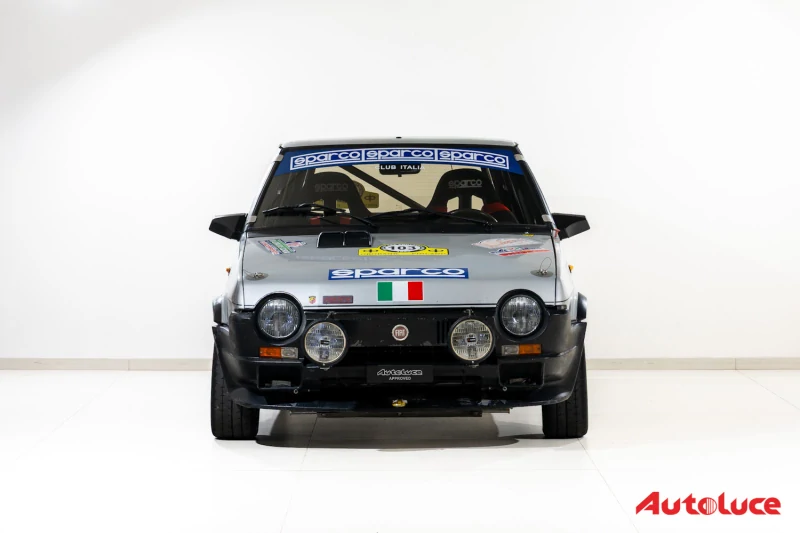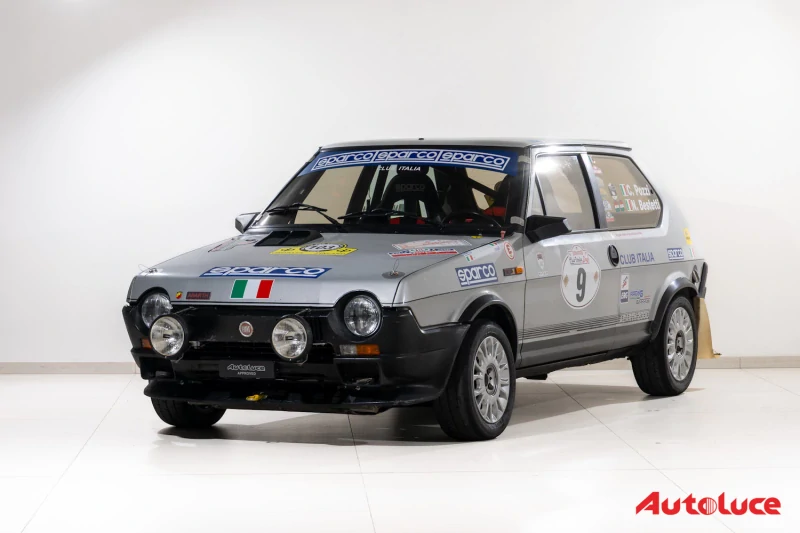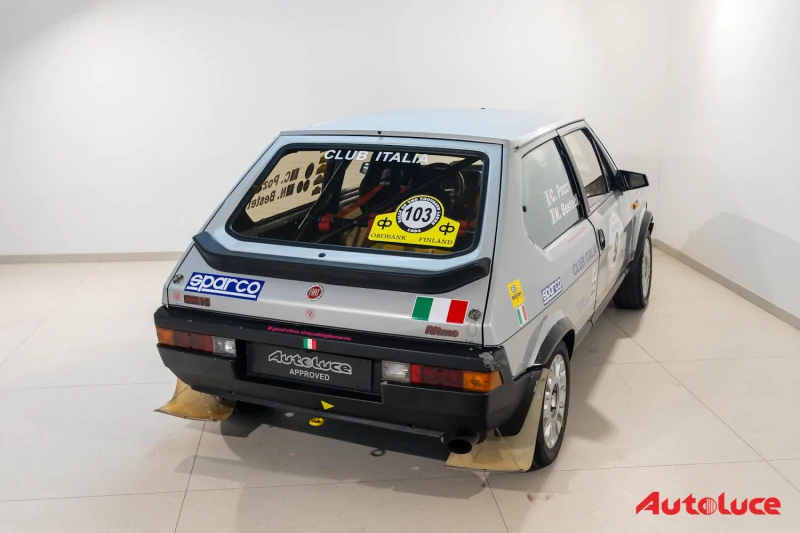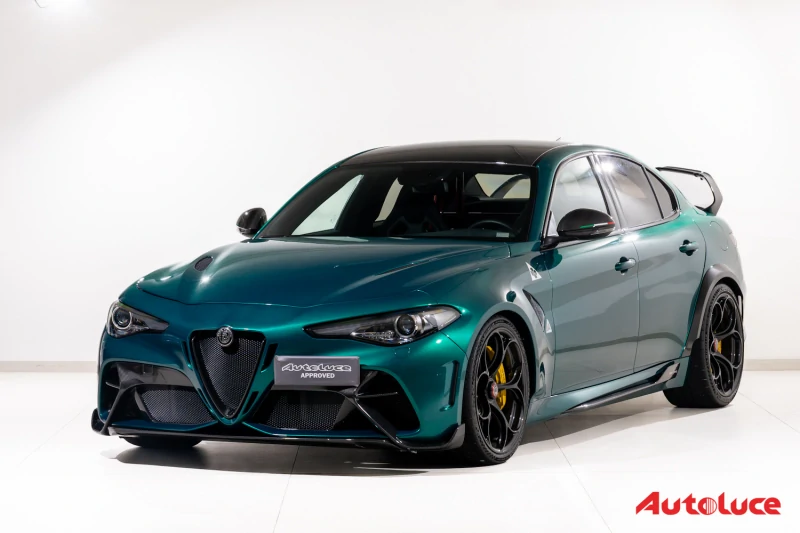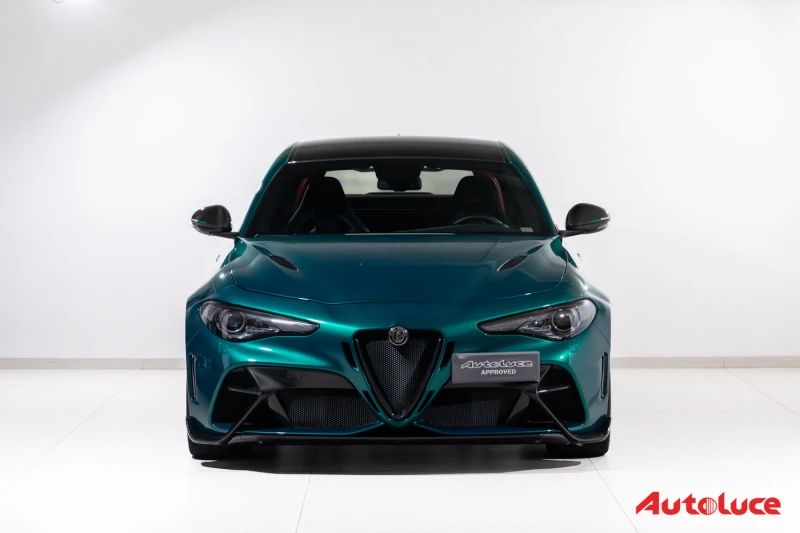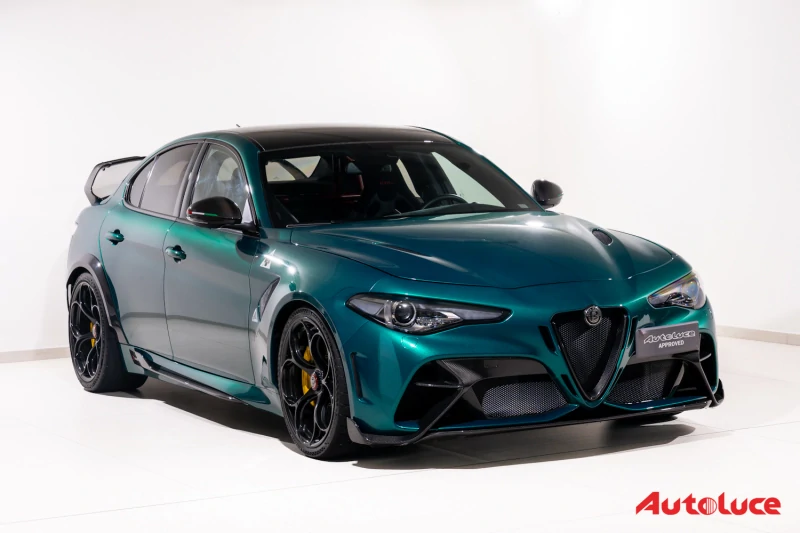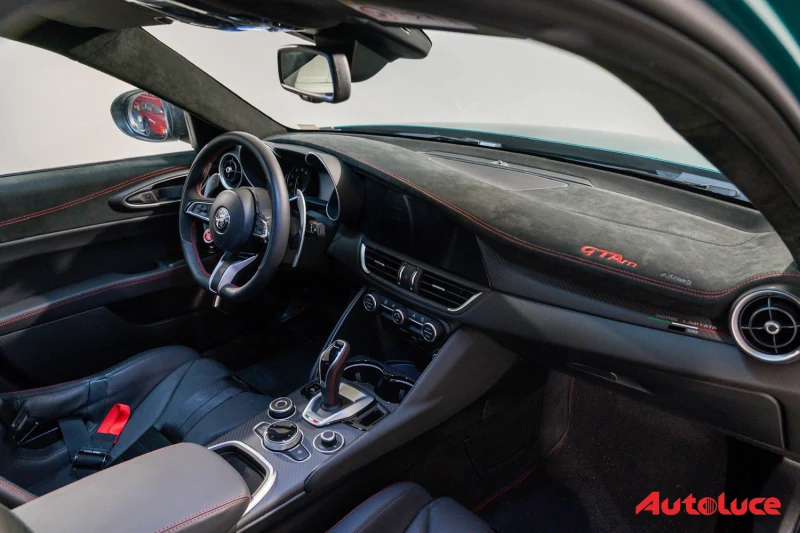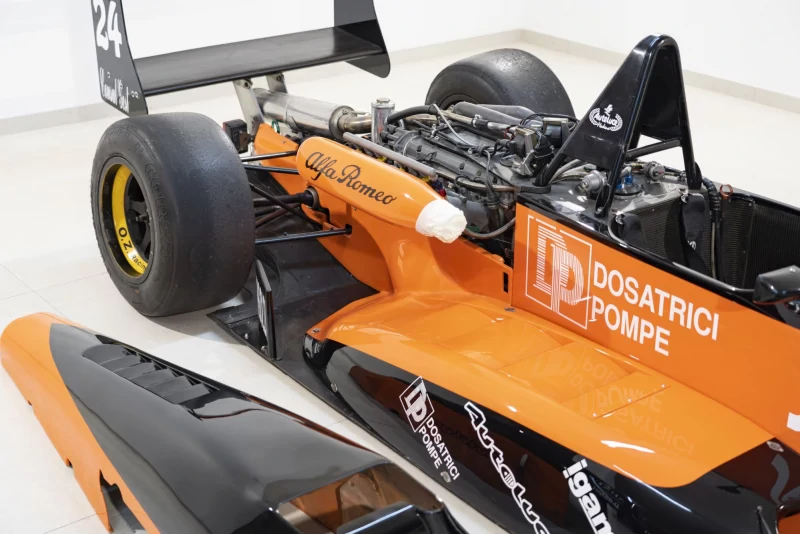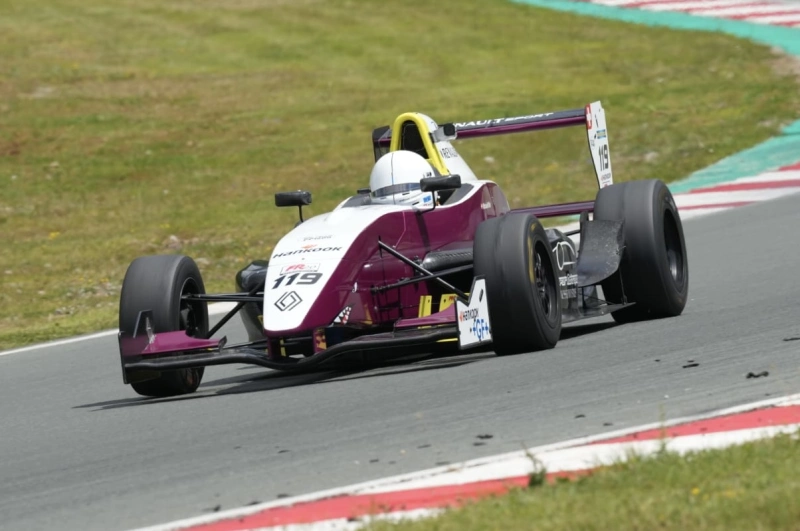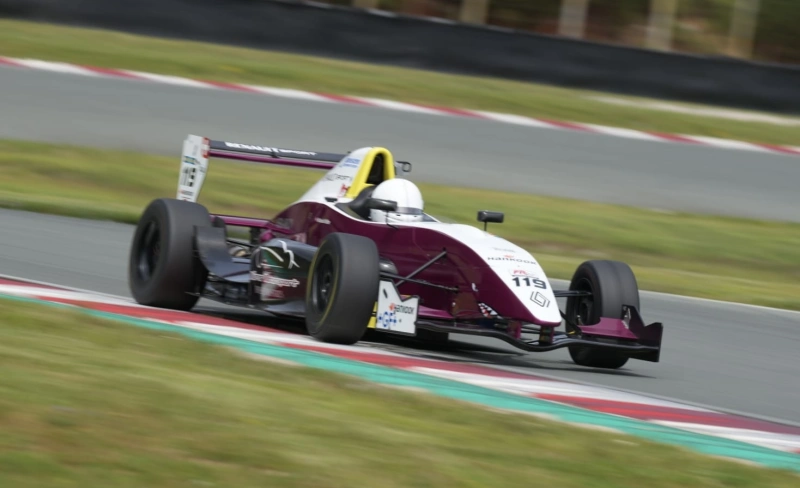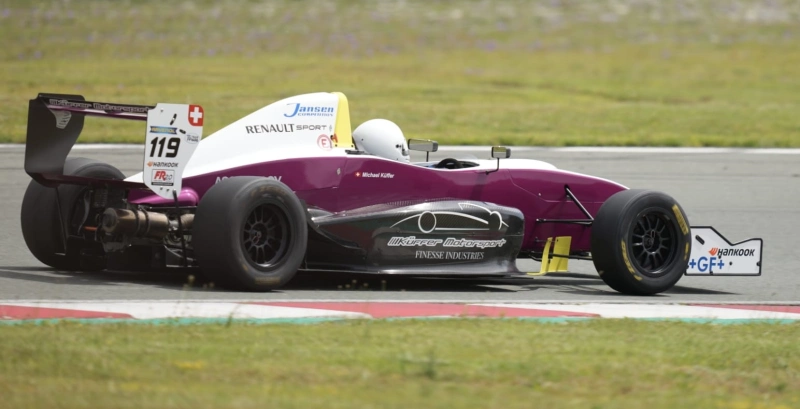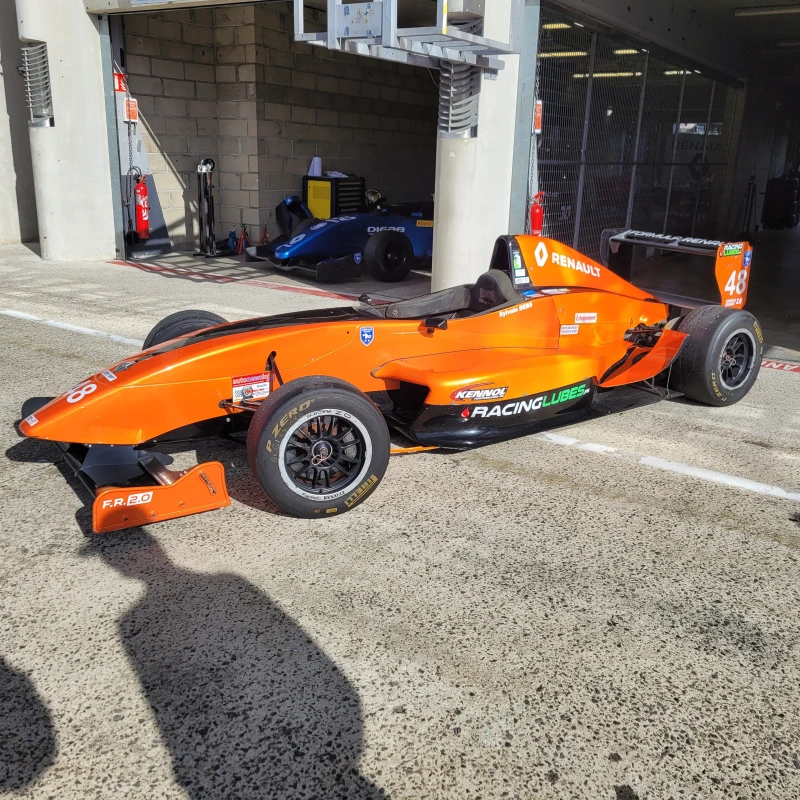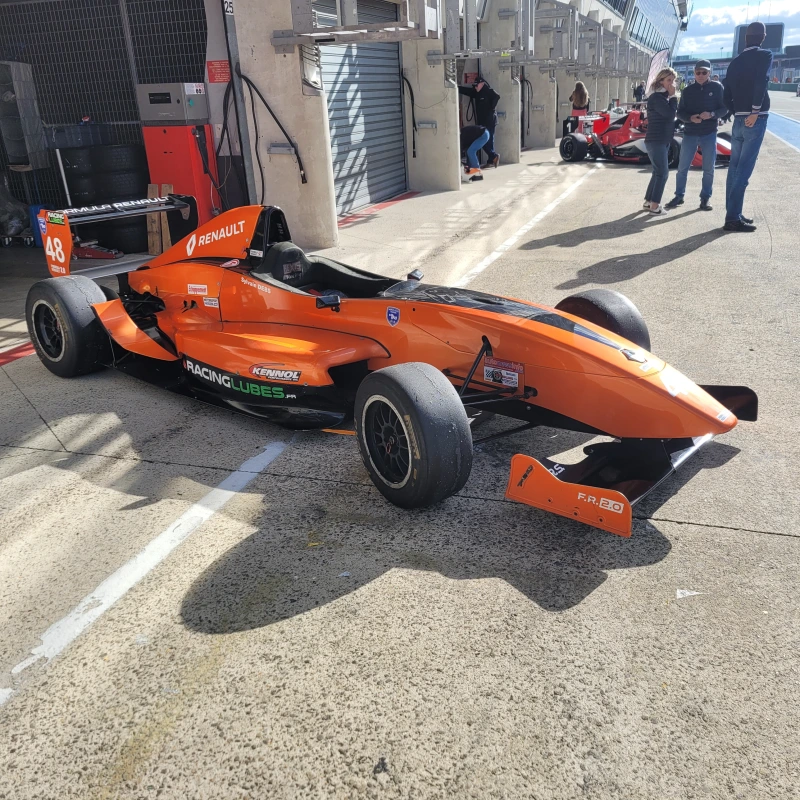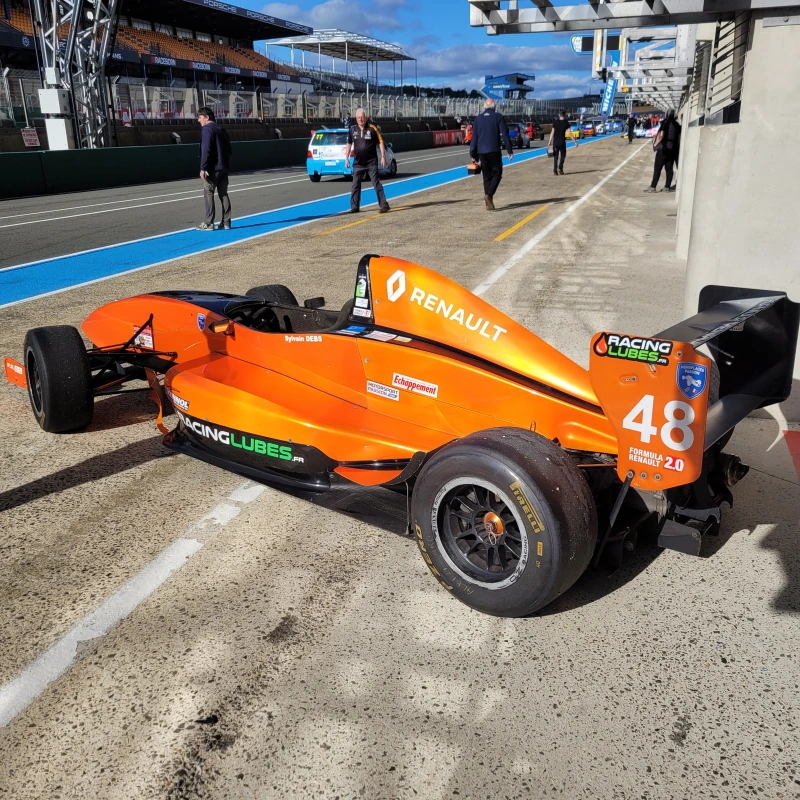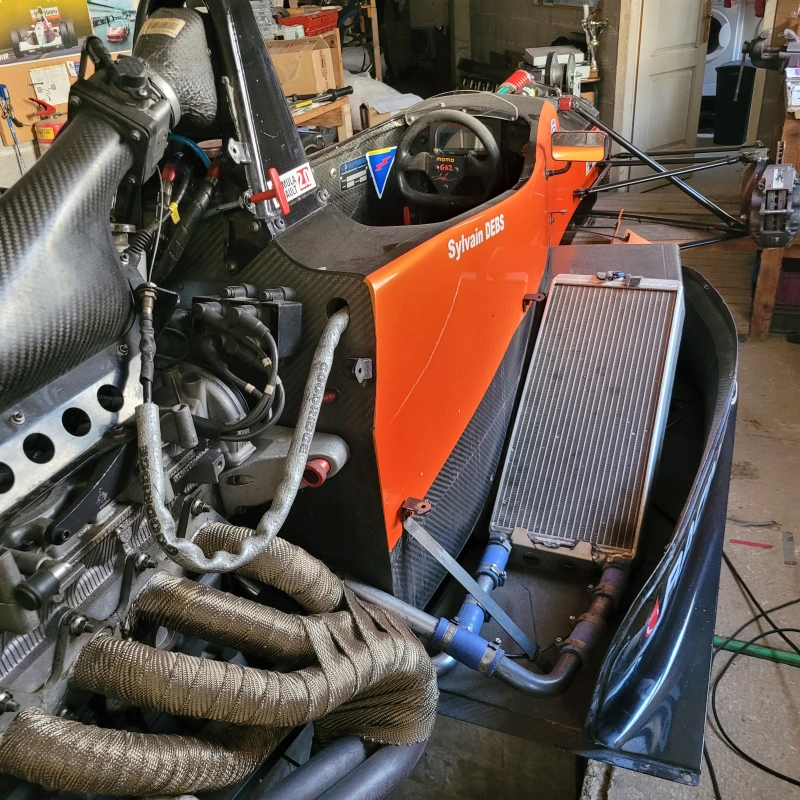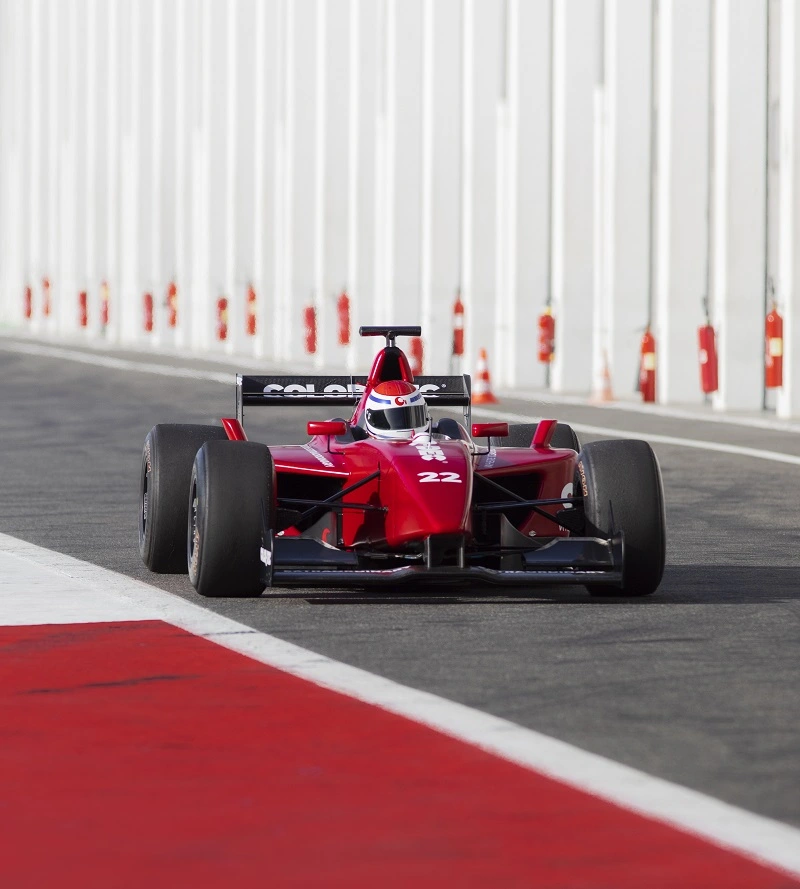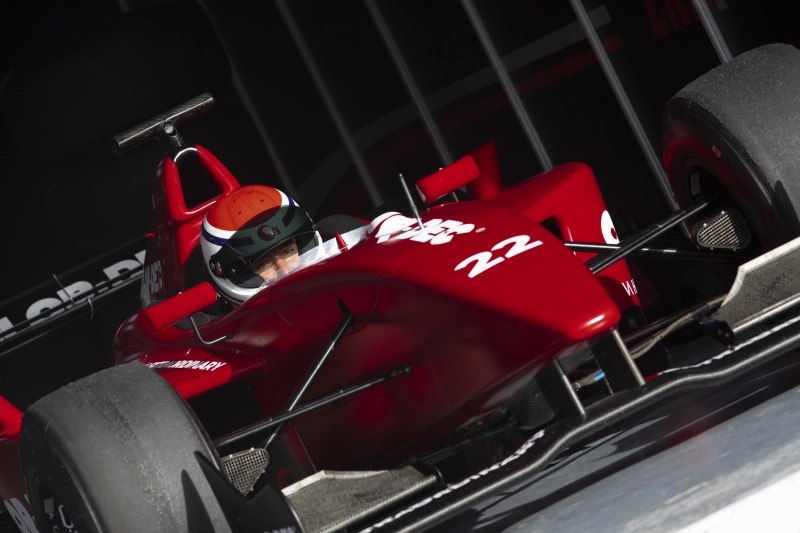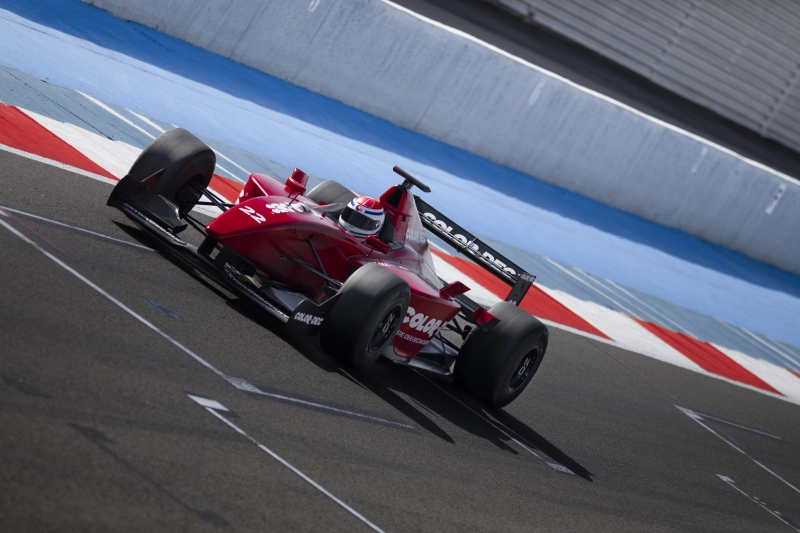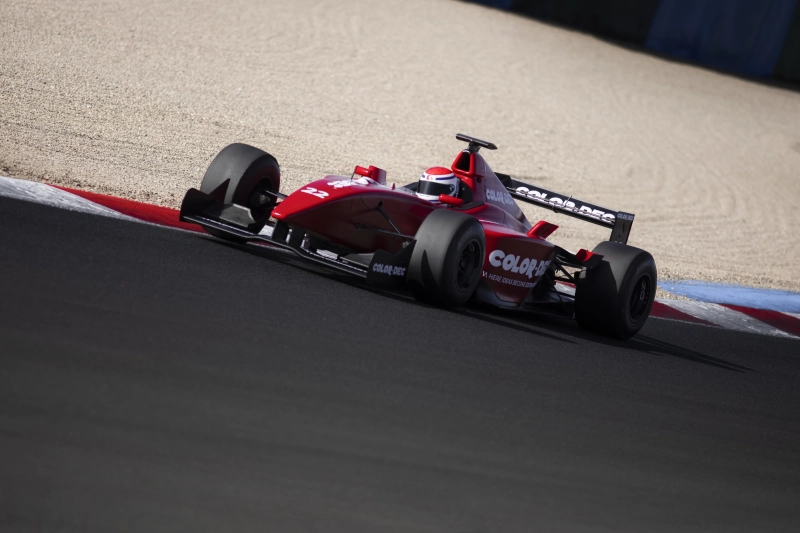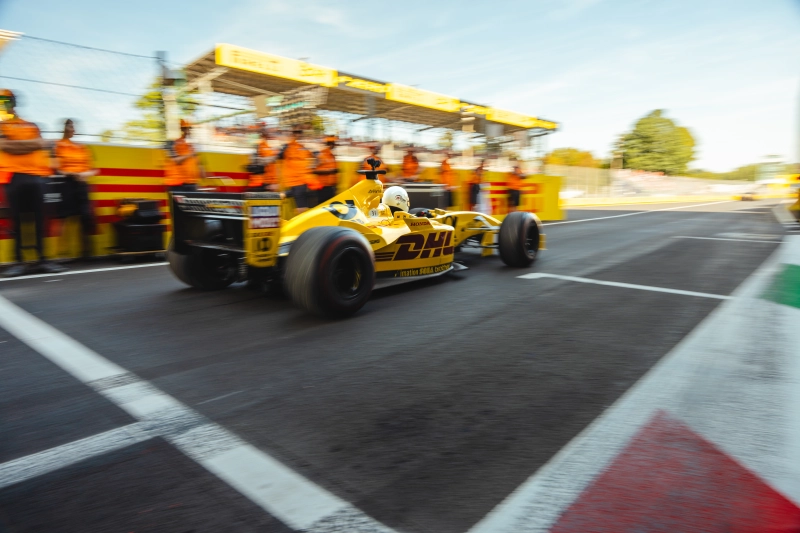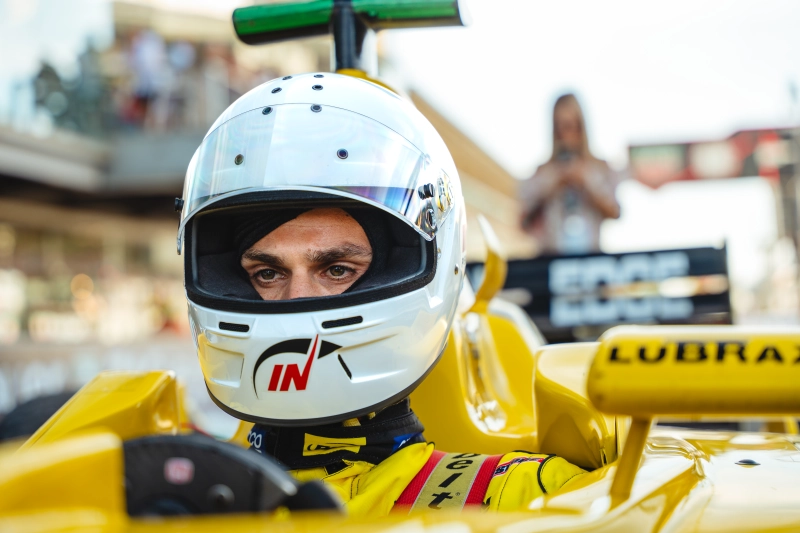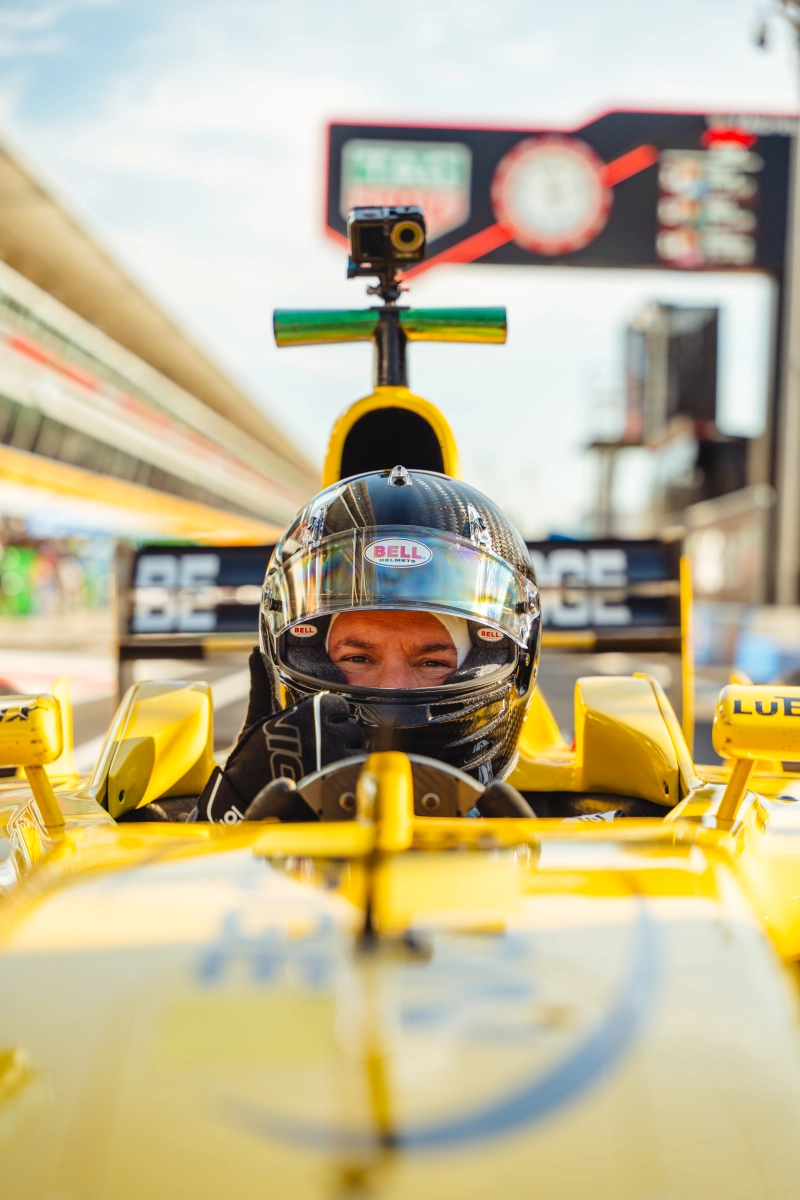
DALLARA F 391
Race cars • Single-seater • Dallara • For sale • Italy • Modena
Price on ask Published on 29/07/2024 at 12:07 • Langue d'origine RO (Traduire en EN) Traduit en EN (Langue d'origine RO - Afficher)SPECIFICATIONS
YEAR: 1991
KILOMETRES: 100
POWER: 190 HP
DISPLACEMENT: 1998 cm3
FUEL: PETROL/PETROIL
GEARBOX: Manual
CYLINDERS: 4
EXTERNAL/INTERNAL: orange black
Completely restored car
VAT exposed
Technical Passport
Winner of the 1991 Italian Championship
Gian Paolo Dallara left the Polytechnic of Milan in 1959 with a degree in aeronautical engineering and went to work for Ferrari, in the following years he also worked for Maserati and Lamborghini, at the latter he was responsible for the Miura. In the late 1960s Dallara worked for De Tomaso on their short-lived F1 and F2 projects and also worked on Frank Williams' ISO-Marlboro F1 car. In 1975 Dallara decided it was time to set up his own company in his hometown of Varano Melegari and began by producing a sports car, the X1-9, before moving on to racing work developing racing versions of the Lancia Stratos and Beta Monte Carlo.
The first Dallara F3 car was actually the Wolf car built for Walter Wolf's racing in 1978 which like the renamed Emiliani won the 1980 Italian F3 Championship. The first real Dallara was produced in 1981 and within a dozen of years Dallara had seen all its competitors including Ralt and Reynard. Their dominance has continued ever since and, despite occasional competition from companies such as TOM's and Martini, they appear immobile. In the late 1980s Dallara returned to F1 when they built cars for Scuderia Italia, although they often impressed, the cars lacked enough financial backing to be truly successful. In 1999 Dallara was commissioned by Honda to build an F1 car for a planned return to F1, but Honda ultimately decided to remain as an engine supplier only.
Dallara also continued to work with sports cars and had a hand in the Le Mans Toyota GT-One and the 24 Hours-winning Audi R8. Currently, in addition to F3 cars, Dallara is building cars for IRL and Infiniti Pro racing in the United States and for Formula Nissan in Europe.
After the Wolf F3 ( see above), the first F3 car to bear the Dallara name was the 381. Perhaps unsurprisingly, the design was quite conventional with an aluminium monocoque and standard suspension. The cars were rarely seen outside Italy where they gained a reputation for being very fast in a straight line. The works team was hampered by involvement in the Pirelli tire programme which slowed chassis development.
At the end of the season Roberto Ravaglia took fifth place in the Italian Championship.
The 382 was a slightly revised version of the 381, changes were made to the suspension geometry to suit the Pirelli tyres, the sides were reprofiled and the engine compartment was strengthened. During the season the full-width nose was ditched for one reminiscent of the Ralt RT3 and the car was renamed 382B.
The 382 continued to perform well in Italy, where Cazzaniga took Dallara's first F3 win at Varano, but continued to suffer in its European outings where, despite all the testing, it would not have fared well on the Pirellis.
1983 saw further minor revisions to the 383 and the car raced almost exclusively in Italy, Livio taking another win for Dallara at Varano in a 382-Alfa Romeo and finishing second in the Italian Championship (although he swapped a Ralt RT3 for the last part of the year). Franco Forini drove his 383-Toyota to victory in Monza and took third place in the Championship.
For the 384 it was again a small change and the results were once again less than shocking. Franco Forini won a race in the Italian Championship with his factory 382 and there were a pair of top six placings, again for Forini, in the European Championship.
As with the other F3 manufacturers, 1985 meant the introduction of a new car as the flat-bottomed regulations came into force. The F385 was Dallara's first composite offering as the opportunity was taken to build the new carbon fibre tub. Suspension was via double wishbones with the spring and shock absorber rod actuated. The sidepods were shallower than before with flat bottoms and curved top sections, a feature that would become a Dallara trademark until the introduction of the F392.
The F385 would be the model that really put Dallara on the F3 map. While limiting their appearances to the Italian Championship, Dallara won eleven out of fifteen events with Franco Forini, Alex Caffi and Fabrizio Barbazza finishing 1-2-3 at the final table although Caffi scored most of his points with a Martini. Caffi also won the European Cup, a one-off race that replaced the old European Championship
Despite the success of the F385, a completely new model was offered for 1986, there was a new carbon fibre/Kevlar tub and aluminium honeycomb with general revisions to the rest of the design. The tow rod suspension and the unusual shape of the sidepod were retained, the oil cooler was located in the left pod with the water cooler on the right. Due to the lack of depth of the capsules, the water cooler was positioned at an almost horizontal angle.
In Italy the F386 swept the board, Nicola Larini won the title and Dallara finished 1-2-3 in the championship with all but three qualifying heats falling to the cars. After the success of the F385 for the first time, some F386s appeared in other National Championships, Jean Alesi finished second in the French series while in Germany Hanspeter Kaufmann and Victor Rosso took second and third places. Finally Gregor Foitek won the minor Swiss Championship with his F386
The F387 was largely the F386 with years of development behind it and following the successes of the F386 even more team cars were sold in France and Germany in addition to the plethora found in Italy. Surprisingly none of the UK-based teams seemed ready to take the opportunity to develop one to run on British-spec Avon radials.
Once again Italy scored a 1-2-3 for Dallara with Enrico Bertaggia securing first place, the F387 winning nine out of eleven races. In France Jean Alesi won the championship, he started the year in a works Martini but was unhappy with it. A one-off race in his old F386 which saw him win convinced him that a Dallara was needed and after a brief return to Martini Alesi purchased an F387 and proceeded to win six races and secure the French crown. In Germany it was Bernd Schneider and Horst Schubel's F387 ride. Of the nine races of the German championship Schneider took part in eight races and won seven of them to easily take the title.
The F388 continued the evolutionary process of the F387. The most noticeable changes were an increase in length, a reduction in weight and the adoption of a Dallara-designed gearbox that still used Hewland internals.
As usual in Italy it was almost all Dallara, Emanuele Naspetti won the championship with the F388, placing first and second as well as eight of the top ten positions. France was a similar story, Eric Comas came first and the F388 took the top five places. Surprisingly, given the results of the last two seasons, the F388 was not present in Germany with better than sixth place in the finishing positions.
Once again the F389 wasn't much different from the previous year's model, but it had a reputation for being difficult to get the best out of it. As usual in Italy it was a popular choice and the F389 took eight of the top eleven places, although Reynard proved strong competition with their 893 taking second and fourth place behind champion Gianni Morbidelli. In France he was second and third for the chassis behind the runaway winner, Jean-Marc Gounon's Reynard. In Germany it was Ralt and Reynard who took victory with the F389 unable to do better than fifth place after leader Heinz-Harald Frentzen switched to a Reynard. As in the previous year, the United Kingdom was a Dallara-free zone.
Once again the changes to the F390 were small, mechanical tie rods were still used all round and the aerodynamic package was largely unchanged. While the F390 had its successes, it was mostly second best to the Reynard 903 and, later in the year, the Ralt RT34. Dallara as usual failed to appear in Great Britain and has largely disappeared from the German championship. In Italy it was a 2-3-4 behind Roberto Colciago's winning Reynard, coincidentally it was a similar story in France, 2-3-4 behind champion Eric Helary who started with a Reynard 903 and then moved on to a Ralt RT34. Much of the F390's success seemed to stem from the relatively large number of teams using it.
The most obvious change to the F391 was the change to a pushrod operated front suspension to replace the pullrods which had been favoured for many years, pullrods were still used at the rear.
As always, numerous Dallaras raced in the Italian Championship and Giambattista Busi won two races and finished third five times, winning the title, 10 of the 12 races in the series fell on the F391.
In France Olivier Panis swapped his Dallara for a Ralt at the start, but Frank Lagorce stuck with it and achieved a brace of victories to take fourth place. Otherwise results were generally disappointing Wolfgang Kaufmann won twice in Germany, but an accident shortened his season and, as was normal, no Dallara appeared in the UK.

The other ads from Autoluce


